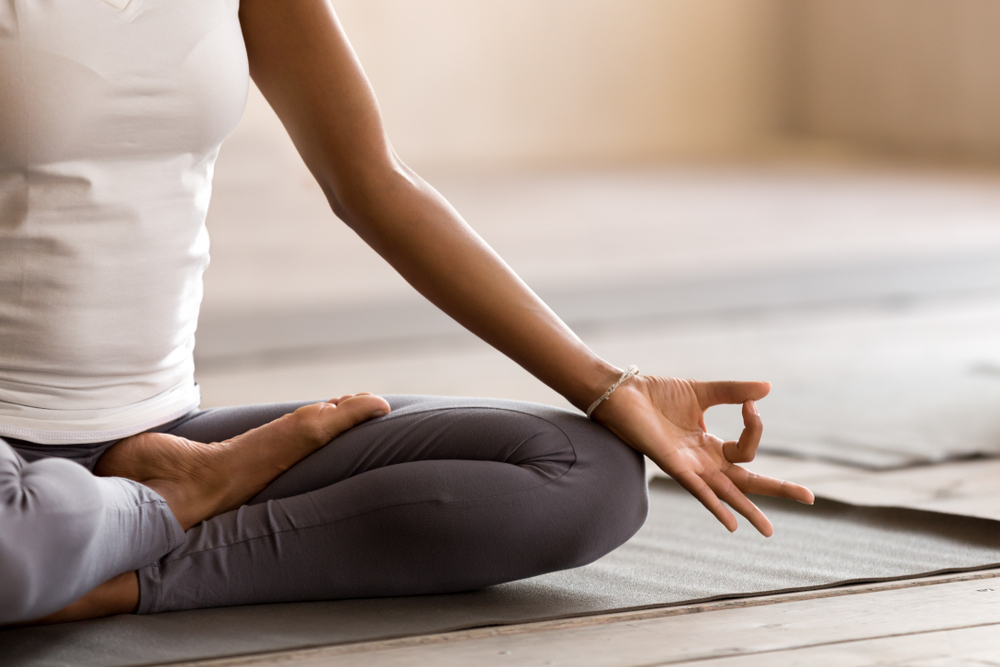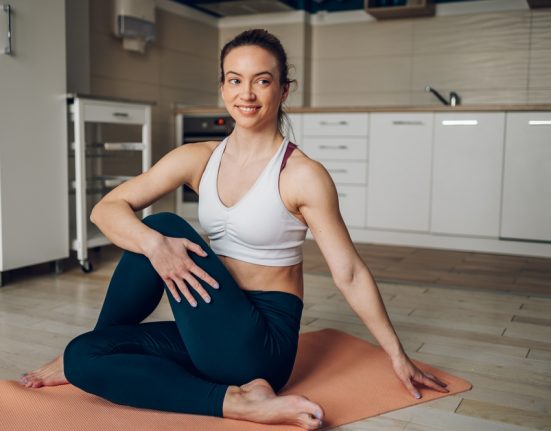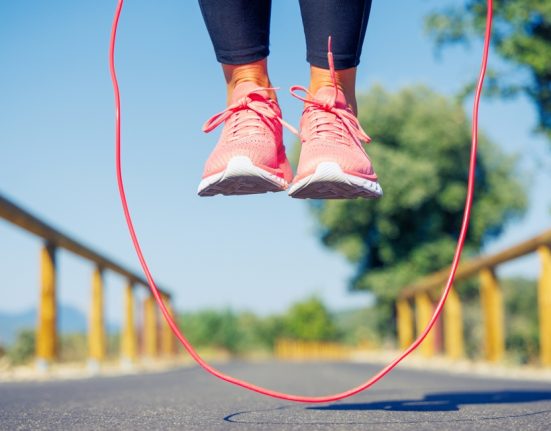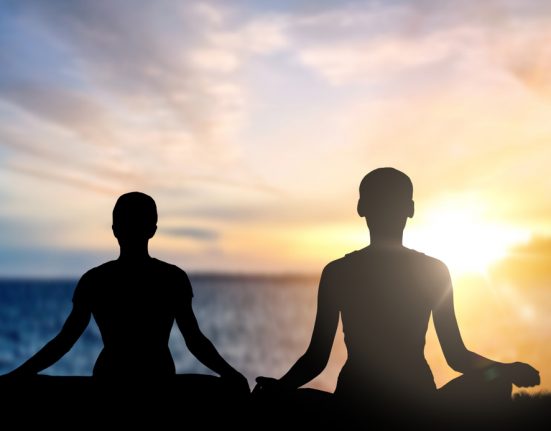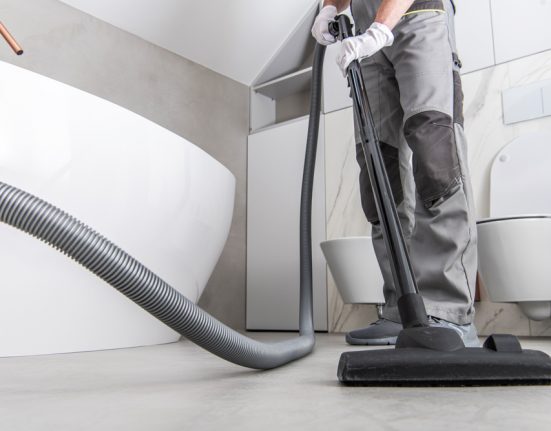Pranayama, or breathwork, is an essential component of your yoga practice that influences your blood pressure, mood, and sleep.
Breathwork, or pranayama, is the Cinderella of yoga practice, says Max Strom, yoga teacher and author of A Life Worth Breathing. There are many approaches to teaching students how to breathe in yoga, but in yoga studios the practice of pranayama is often overlooked while asana gets most of the attention. “Pranayama has really been left behind,” he says.
Ancient practitioners of yoga understood breathwork as a vital and inextricable part of a yoga practice. In her book, Yoga: Ancient Heritage, Tomorrow’s Vision, yoga instructor Indu Aora writes, “Breath is the reflection of life in a human body. …Through the discipline of breath, more prana [subtle energy] is taken and stored in the body.”
Contemporary research reinforces the effectiveness of yogic breathing techniques. A 2021 study found that participants who practiced Sudarshan Kriya Yoga (SKY) breathwork practice, reported less stress, anxiety, and depression, and had improved sleep. The SKY method includes Ujjayi, Bhastrika, and Sudarshan Kriya breathing, and chanting om with a focus on prolonged exhalation.
A 2020 review of 18 research studies found evidence that that breathwork also improved symptoms in patients with asthma or chronic obstructive pulmonary disease. Other studies suggest the importance of “slow yoga breathing” for improved memory, attention, and other cognitive functions.
To take advantage of working with your breath in yoga, here are five transformative techniques to try. But don’t just wait until yoga class. These may be helpful as you face challenges in daily challenges as well.
5 Ways to Breathe in Yoga (and in Life)
1. Basic Breath Awareness
Begin by noticing where you already are with your breath, says Bo Forbes, PsyD, clinical psychologist and integrative yoga therapist. Practicing a challenging yoga pose can cause you to hold your breath; anticipating a difficult conversation can cause you to breathe rapidly. When and why is your breath shallow? What makes it speed up? “This is really valuable information in creating stress resilience,” she says. Plus, becoming aware of your breath tends to slow it down, which can reduce blood pressure, pain, and anxiety, and improve concentration and sleep.
Try it anytime, anywhere. Breathing through your nose, observe the inhalations and exhalations. Which happens faster? Which is longer? Don’t manipulate your breath. Just notice what it feels like in your body. Continue for 2–3 minutes.
2. Ujjayi Pranayama (Victorious Breath or Ocean Breath)
This classic pranayama practice, known for its soft, soothing sound similar to breaking ocean waves, can enhance the relaxation response of slow breathing, says Patricia Gerbarg, MD, assistant clinical professor of psychiatry at New York Medical College and co-author of The Healing Power of the Breath. Her theory is that the vibrations in the larynx stimulate sensory receptors that signal the vagus nerve to induce a calming effect.
Try it to focus your attention during asana practice. As you breathe in yoga, inhale through your nose, then open your mouth and exhale slowly, making a “haaa” sound. Try this a few times, then close your mouth and exhale through your nose, keeping the same feeling in the back of your throat you used to make the “haaa” sound.
3. Nadi Shodhana Pranayama (Alternate-Nostril Breathing)
This practice of alternating between the right and left nostrils as you inhale and exhale “unblocks and purifies the nadis, which in yogic belief are energy passages that carry life force and cosmic energy through the body,” says Roger Cole, PhD, an Iyengar Yoga teacher and physiology researcher in Del Mar, California. While there is no clear scientific evidence to support the impact of yogic breathing on energy and life force, a 2008 study found that right, left, and alternate nostril yoga breathing influence blood pressure in different ways. Another small study found that practicing Nadi Shodhana lowered blood pressure among participants.
Try it at the end of an asana sequence to prepare the mind for meditation. Take a comfortable seated position. Close your right hand in a gentle fist in front of your nose, then extend your thumb, ring finger, and pinky. Gently close your right nostril with your thumb. Inhale through your left nostril, then close it with your ring finger. Open your right nostril and exhale slowly through it. Inhale through the right nostril then close it. Open your left nostril and exhale slowly through it. That completes one cycle. Repeat 3–5 times.
4. Kumbhaka Pranayama (Breath Retention)
When you inhale fully and then wait 10 seconds, you will be able to inhale a bit more, Strom says. Why? Holding your breath increases pressure inside the lungs and gives them time to fully expand, increasing their capacity. As a result, the blood that then travels to the heart, brain, and muscles will be more oxygenated.
Try it after asana to prepare for meditation. Inhale, inflating the lungs as fully as possible. Hold the breath for 10 seconds. After 10 seconds, inhale a little more. Then hold it for as long as you can. One caveat: For anxious people, breath retention can be difficult. Strom suggests starting with holding the breath for 3 seconds, or as long as feels comfortable, and working your way up. People who have a history of seizures, heart problems, hypertension, brain aneurysms, or vision problems should avoid this kind of breathing in yoga.
5. Kapalabhati Pranayama (Breath of Fire or Skull-Shining Breath)
This rapid breathing technique is energizing and activates the sympathetic nervous system. A 2022 study found that, during and after kapalbhati, participants experienced beneficial changes in heart rate variability, which regulates autonomic functions including heart rate, blood pressure, and digestion. Researchers also noted an increase in gamma-wave activation after the practice, which suggests improved focus and concentration.
Kapalabhati is an intense practice and not recommended for everyone. “For people already under stress, I don’t think Breath of Fire is a good idea,” Strom says. “You’re throwing gasoline on the fire.”
Try it to jump-start your asana practice when you feel lethargic, or to boost your brainpower when you’re foggy. To start, take a full, deep inhalation and exhale slowly. Inhale again, and begin exhaling by quickly pulling in the lower abs to force air out in short spurts. Your inhalation will be passive between each active, quick exhalation. Continue for 25–30 exhalations.



